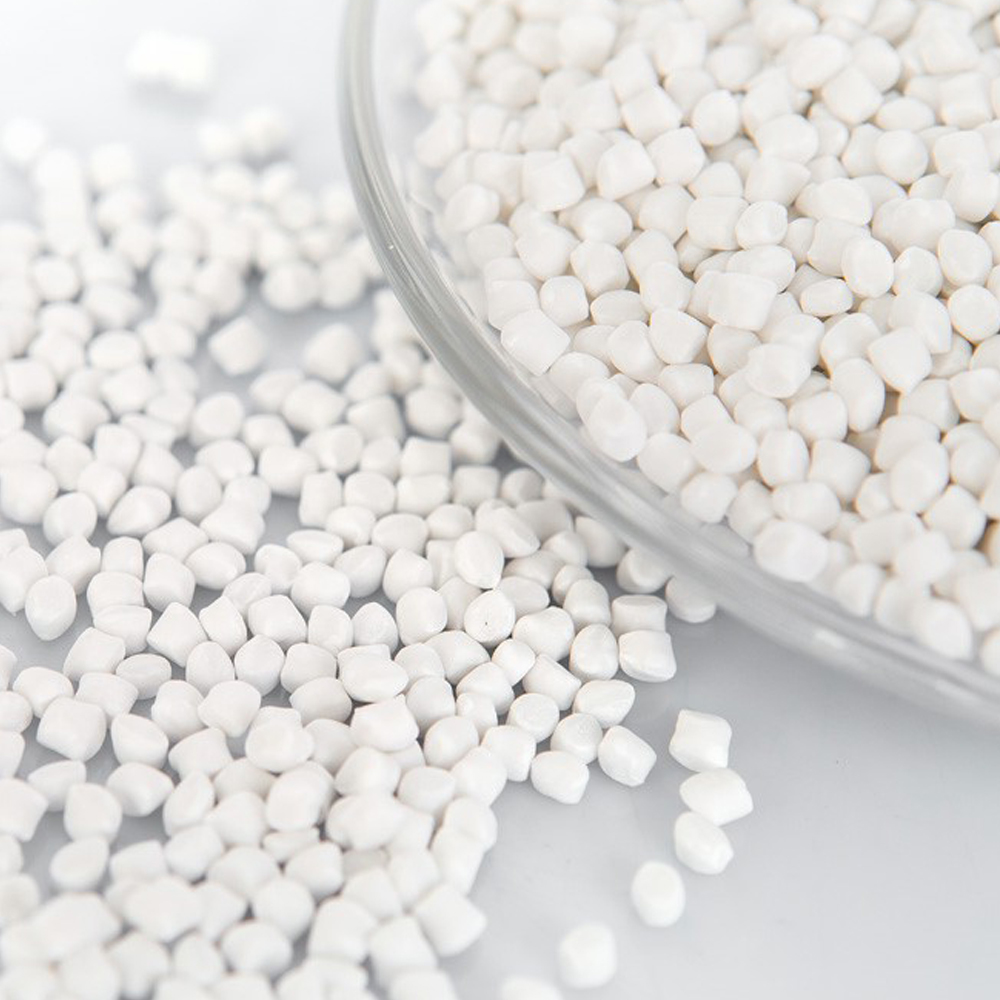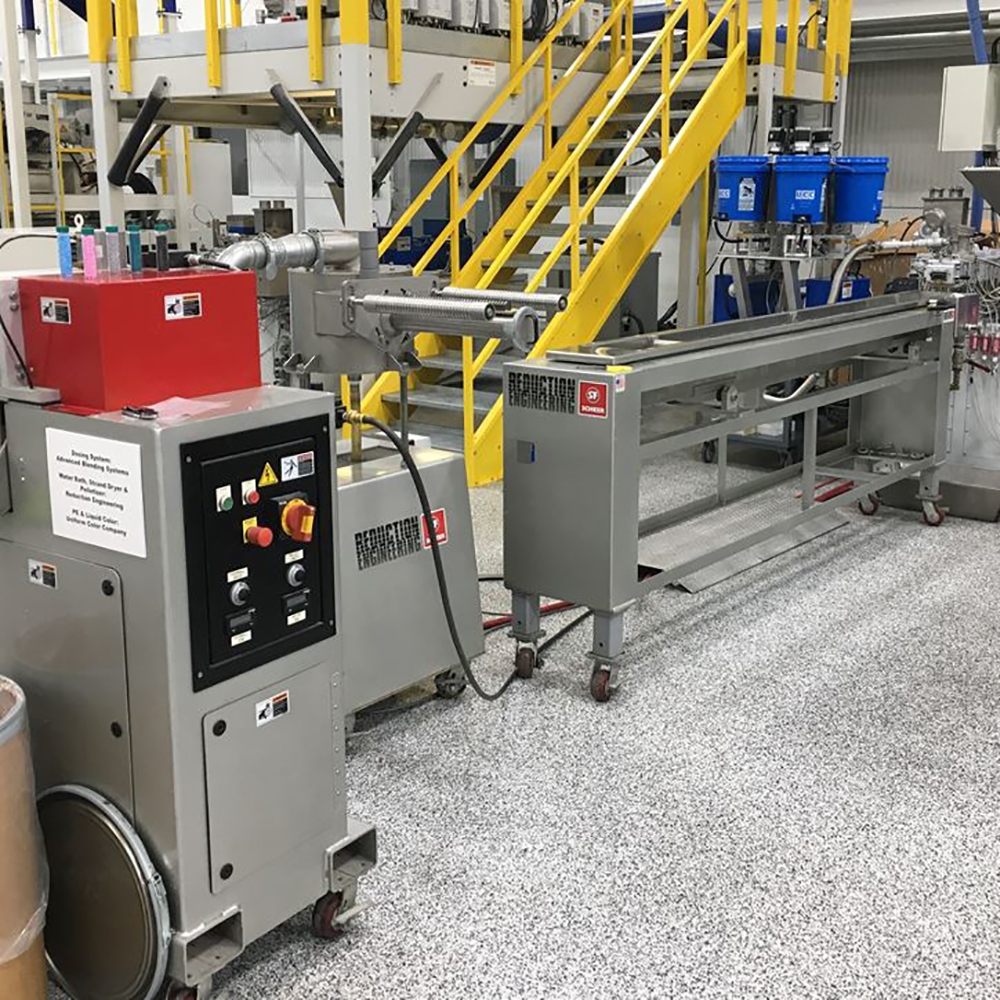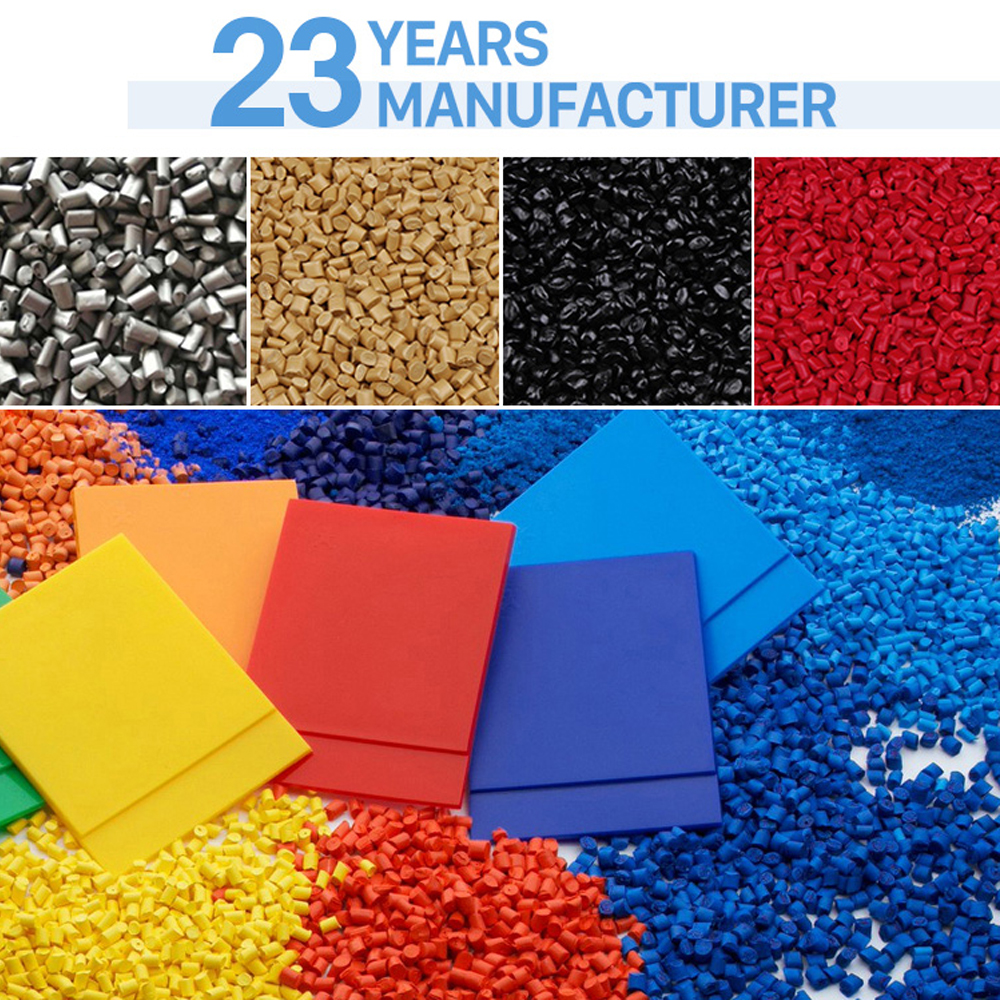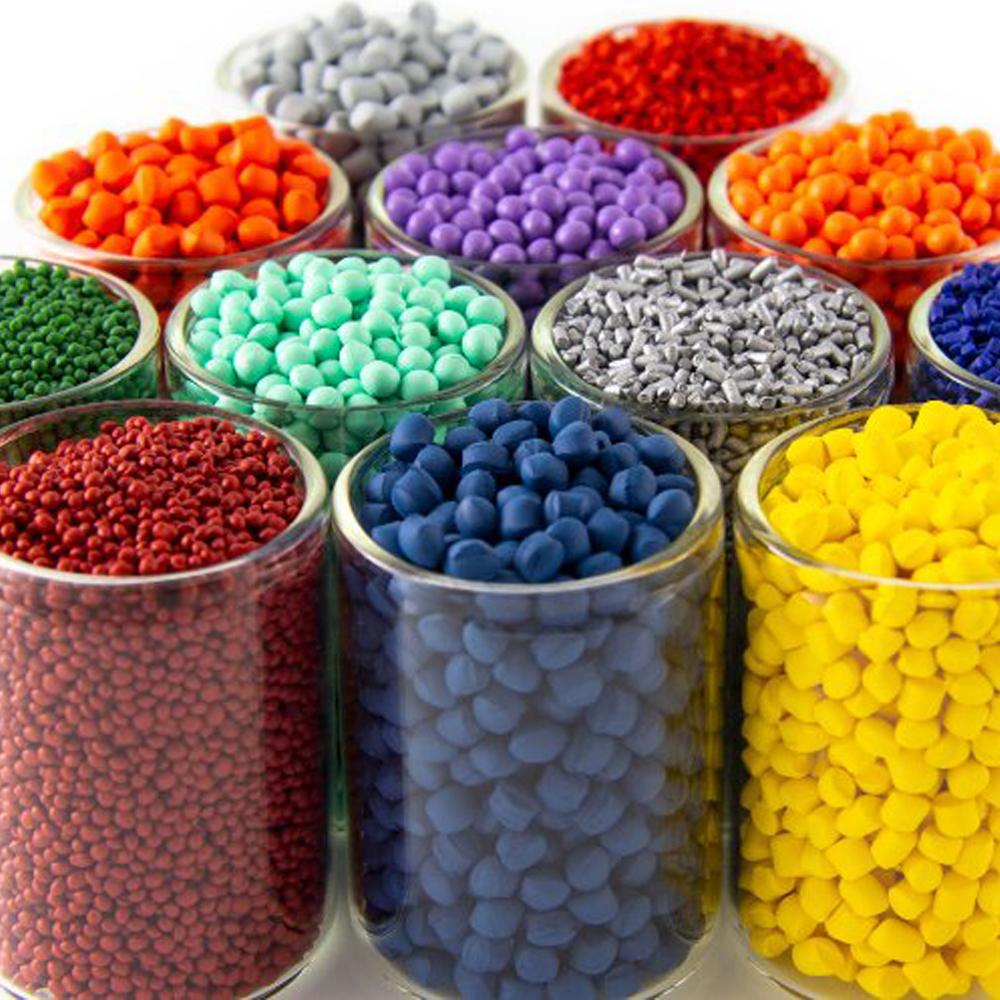
White Masterbatch: revelando características, aplicações e benefícios
Masterbatch, uma potente mistura de pigmentos e aditivos, serve como ingrediente vital na indústria do plástico. O masterbatch branco, especificamente, é um intensificador de plástico encarregado de conferir uma tonalidade branca brilhante aos produtos plásticos.



